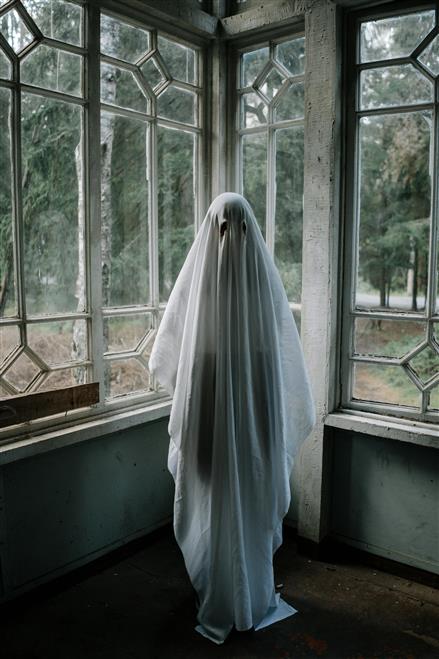
There was a time when fame meant flashing lights, sold-out arenas, or magazine covers. It was reserved for the few who broke through, a tight circle of actors, athletes, musicians, and public figures who became household names. But in the current media landscape, fame has shifted. It’s no longer defined by broad recognition, but by intense attention within a narrow scope. Welcome to the age of micro-fame—where everyone, it seems, is a star in their own tiny universe.
From makeup reviewers with cult followings on TikTok, to newsletter writers with 2,000 loyal subscribers, to gamers known only within a single Discord server, this new kind of fame is smaller, more intimate, and often more powerful than its mainstream predecessor. It’s not about being known by millions. It’s about being deeply known by a few.

From Mass Appeal to Targeted Attention
The media once relied on mass platforms: three big TV networks, a handful of magazines, and major record labels. If you wanted to reach an audience, you needed the backing of a gatekeeper. Now, the structure is horizontal, fragmented, and deeply personal. A video shot in a bedroom can reach thousands, or spark a trend. A single tweet can make someone a minor icon overnight—at least within a particular corner of the internet.
Algorithms reward consistency, niche appeal, and engagement over broad popularity. Instead of competing to be the next household name, creators build small but loyal communities. The fans don’t just watch or listen—they interact, comment, contribute, and even co-create. This kind of focused attention can feel more rewarding than general celebrity ever did. It’s personal. It’s sticky.
The Power of the Niche
Being universally liked is no longer the goal. Being meaningful to a specific audience is. Whether it’s DIY houseplant content, retro fashion from the 1990s, or deep-dive commentary on obscure literature, niches are where connection happens. You don’t need millions of followers. Sometimes, a few hundred highly engaged ones matter more.
This phenomenon isn’t limited to social media. Musicians make a living on Bandcamp with a few thousand dedicated fans. Writers thrive through Substack subscriptions. Podcasters carve out spaces where they speak directly to people who get them. These micro-communities foster deeper loyalty—and often more sustainable income streams—than the old model of chasing mass appeal.
Kevin Kelly’s idea of “1,000 true fans” has never felt more relevant. If 1,000 people really care about what you do, show up for your work, and support you, that can be enough.
Fame Without Anonymity
One strange tension of micro-fame is how it collapses public and private space. For traditional celebrities, there was always a sense of separation between the star and the viewer. Today’s micro-famous figures, however, often achieve recognition by being relatable. They vlog from their apartments, speak directly to their audience, and share personal details. They’re not distant icons—they’re accessible, real, and often, just like you.
But with that intimacy comes new pressure. The micro-famous are expected to be authentic but consistent, personal but always available. There’s a fine line between sharing enough to be engaging and oversharing to the point of burnout.
Moreover, while a household name might walk freely in public without issue in many parts of the world, a micro-famous person is more likely to be recognized in specific, localized communities—whether that’s at a conference, a convention, or even at the grocery store in a city where their followers happen to be concentrated.
Recognition as Currency
In today’s social economy, being known—even by a small group—can carry real weight. Micro-fame can lead to partnerships, paid posts, speaking engagements, product lines, and collaborations. It’s become a kind of currency, especially in creative and entrepreneurial spaces.
For better or worse, people often translate their following into credibility. If someone has 20,000 followers, it implies authority, even if their expertise is unverified. The metrics can blur the line between influence and insight. Micro-fame sometimes substitutes for traditional credentials, reshaping who we listen to and why.
The Emotional Tradeoff
While micro-fame offers many benefits—creative freedom, community, niche impact—it also comes with emotional challenges. The feedback loop is constant. Every post invites opinions. Every misstep, however minor, can spark backlash within a tight-knit space. The audience isn’t just watching—they’re involved.
This creates a pressure to maintain a version of the self that pleases the crowd. Many micro-famous creators find themselves stuck between who they are, who they used to be, and who the audience expects them to be. It’s less about performance and more about maintenance. You’re not playing a role, but you’re definitely managing a version of your life.
And because it often happens without agents, publicists, or teams, micro-fame can feel incredibly isolating. You’re the brand, the manager, the content creator, the community moderator, and the support desk—all at once.

The Future of Fame Is Fragmented
As platforms continue to splinter and attention spans shrink, micro-fame isn’t going anywhere. In fact, it may be the dominant form of public identity in the years to come. With younger generations growing up in creator-driven ecosystems, fame will look less like a red carpet and more like a Patreon dashboard.
We’ll see more people with “followings” instead of fans. More creators known for what they do, not how many people know them. Fame will become more contextual: you’re not “famous”—you’re famous to someone.
Making Peace with Small Audiences
Maybe that’s not a bad thing. There’s something freeing about being able to create without chasing virality. Something refreshing about a world where you can be meaningful to a few people instead of being diluted for the many.
In a culture obsessed with numbers, micro-fame reminds us that impact isn’t always tied to size. Sometimes, the most powerful conversations happen quietly, in corners of the internet most people will never visit.
And for many creators, that’s enough. Maybe more than enough.



